Hyundai is on a mission. The South Korean brand is in the middle of a new product offensive that will see it launch 18 new models in an 18-month period.
But that doesn’t mean there aren’t still gaps in its line-up, especially in this current age of model proliferation and Hyundai’s obvious push to be considered on equal terms (if not equal sales) with Toyota and Mazda.
We’ve taken a look at Hyundai’s current range to see exactly what the gaps are and have analysed if there’s a suitable model coming soon to fill the empty space. Here, then, are our product planning suggestions for Hyundai.
One-tonne Ute

This is painfully obvious, but it’s impossible to ignore the sales opportunities Hyundai is missing by not having a rival to the likes of the Toyota HiLux, Ford Ranger and Mazda BT-50.
In 2020, despite all the challenges, Toyota sold more than 45,000 HiLux and Mazda shifted nearly 10,000 BT-50s (9588 to be precise). If Hyundai was able to split the difference and sell between 10,000-20,000 it would close up the gap to Mazda with one new model.
As we’ve reported before, while Hyundai is staying silent, work is understood to be well underway on a suitable ute. It’s due to arrive in local showrooms by the end of 2023 and could boast a potent diesel engine making 205kW/588Nm.
Ute-based SUV

While the brand added the eight-seat Palisade to its range in 2020, it’s a more on-road focused SUV which means there’s still room for another, more rugged SUV to take on the Toyota LandCruiser.
Assuming the ute hits production as planned, it would give Hyundai a ladder-frame chassis to build a go-anywhere off-roader. Hyundai prides itself on its ability to react quickly (ute notwithstanding), and with the market still trending towards these more adventurous family haulers, it makes sense to cash-in on that demand.
Santa Cruz

While the bigger ute is on the way and will give Hyundai a rival to the HiLux, Ranger and company, the smaller Tucson-based Santa Cruz represents an entirely different but no-less appealing opportunity for the brand.
As utes become increasingly about lifestyle and not work duties, the Santa Cruz arrives to cater to those buyers who want the style of a truck with the driving character of an SUV - and in a smaller package.
Crucially, if Hyundai could get the US-focused Santa Cruz into Australian showrooms in a timely fashion it would have clear air. It would create a new segment of the market and have it to itself, before the likes of the Ford Maverick have a chance to spoil the fun.
While the Santa Cruz is built in left-hand drive for the US and there’s no official plans to bring it down under yet, remember that’s what Hyundai Australia said about the Palisade…
Tucson Hybrid
.jpg)
The new Tucson makes a statement with its bold styling, but under the bonnet it could leave buyers feeling disappointed because there’s no hybrid.
As the Toyota RAV4 Hybrid has demonstrated very clearly, Australians are ready, willing and happy to jump into a hybrid-powered SUV. The good news for Hyundai Australia is there is a Tucson Hybrid, but the bad news is it’s built at the company’s Czech Republic plant – which means it would be more costly to import it. That makes building a business case with head office difficult.
It also means Hyundai runs the risk of losing sales to Toyota’s popular hybrid in the important RAV4 versus Tucson contest.
Nexo
.jpg)
Yes, the Nexo is already available in Australia, but at the moment it’s limited to only fleet customers, primarily due to the lack of public infrastructure. Having a privately-available hydrogen fuel-cell electric vehicle (FCEV) would be a major breakthrough, and it’s something the brand is working on at the moment.
If Hyundai can work with fleets and hydrogen providers to create a public fuelling network, then the South Korean company could help lead the way in this country. While there’s no doubt EVs will be the right solution for many Australians to replace internal combustion powered cars, for many others the fast refuelling and long range of FCEV will be the better option.
The Nexo is an impressive, well-rounded SUV so if Hyundai can find a way to make it more affordable, or simply more appealing at its current price, then it has the potential to be the catalyst for the growth of FCEV in Australia.





.jpg)
.jpg)

.jpg)
.jpg)


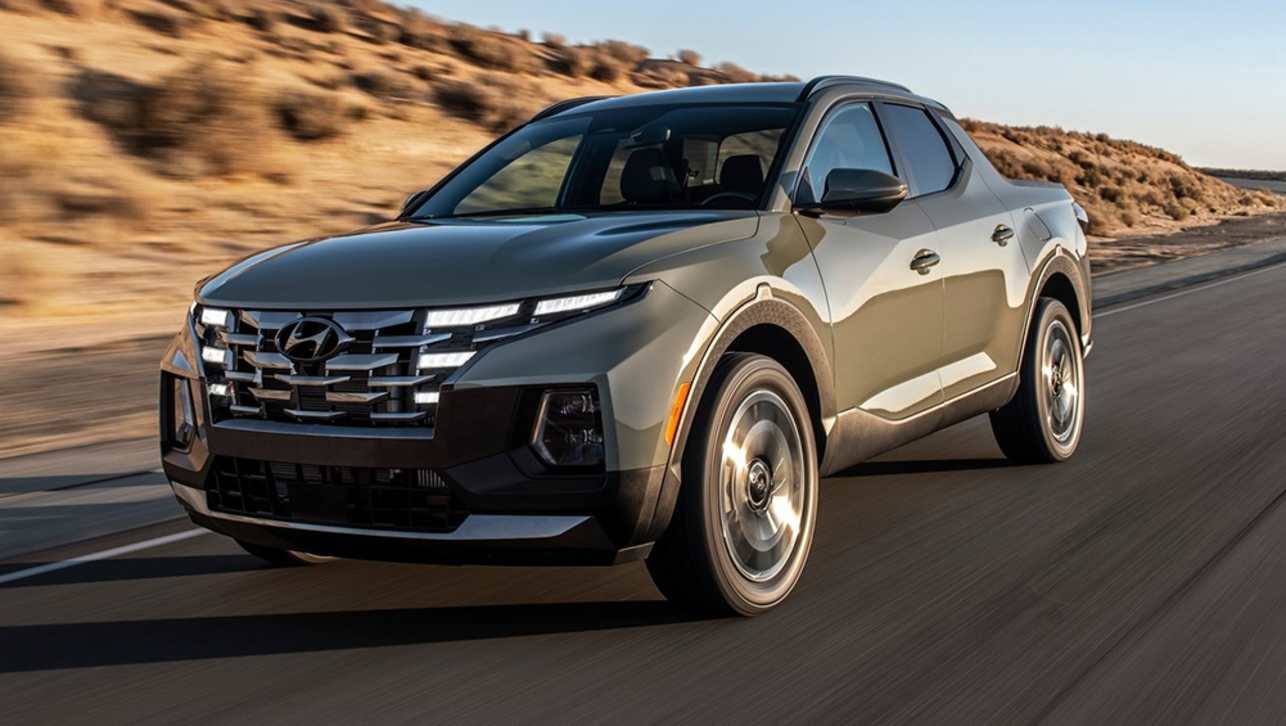
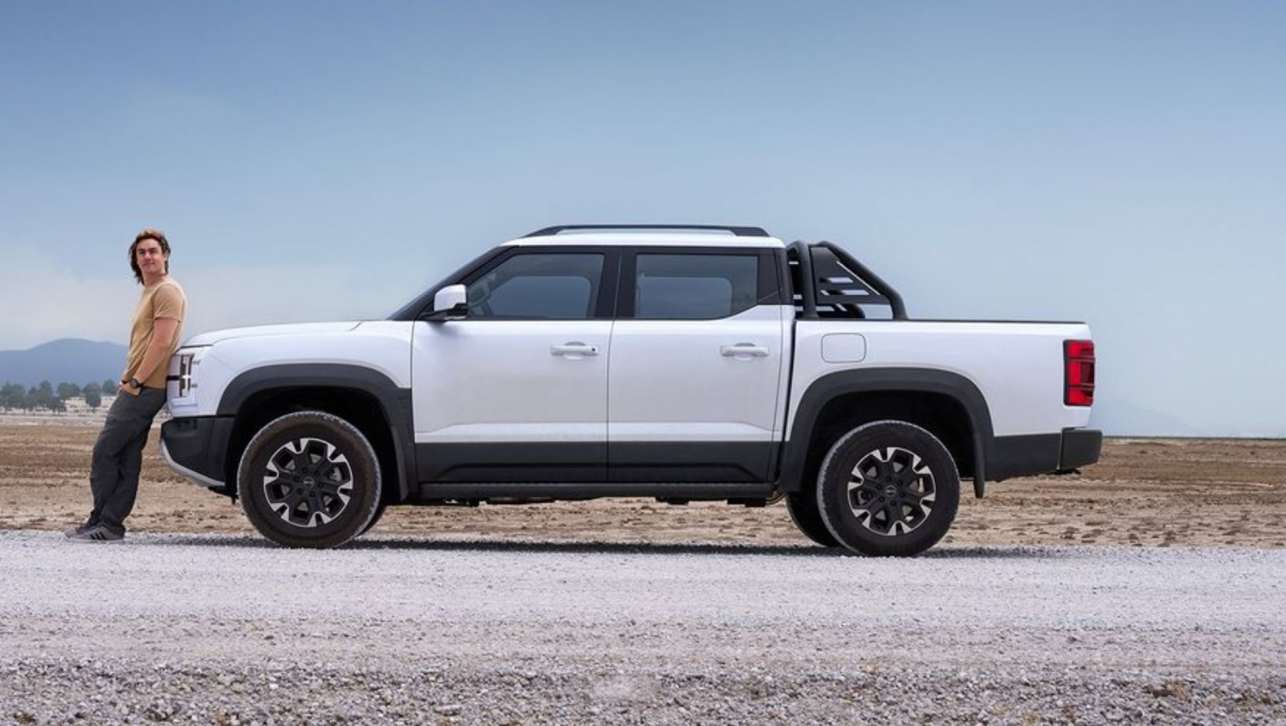
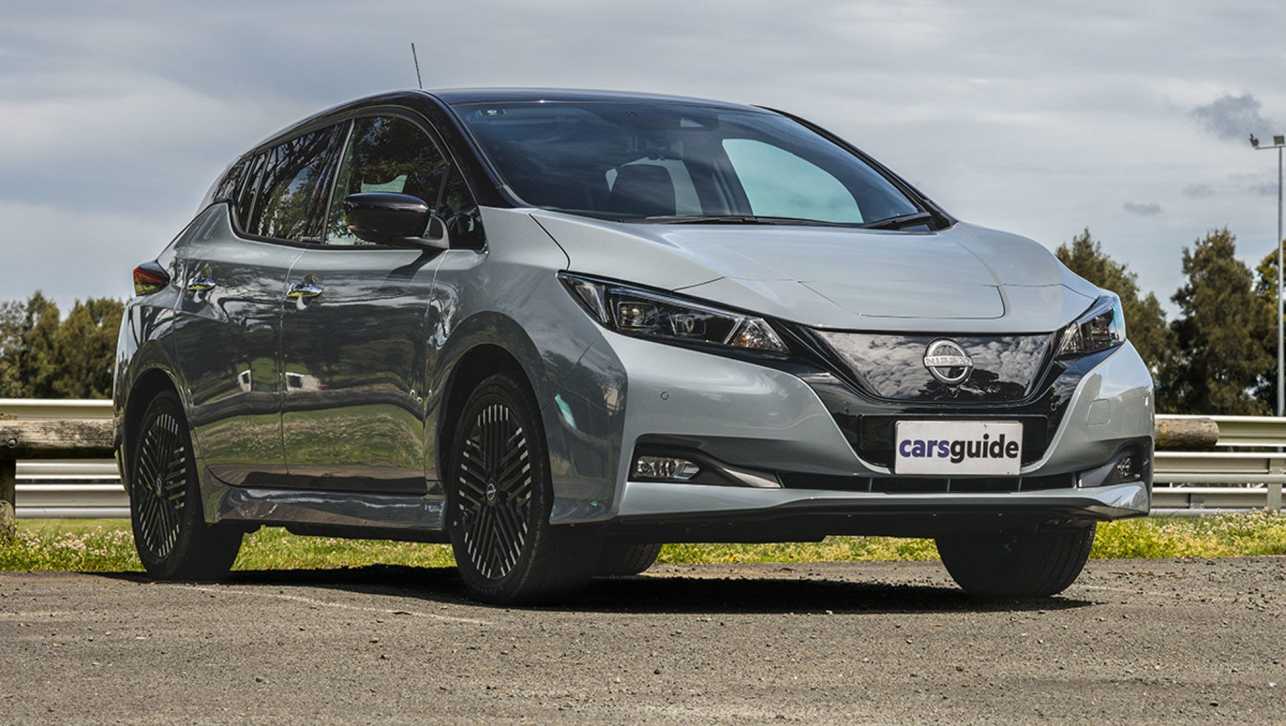
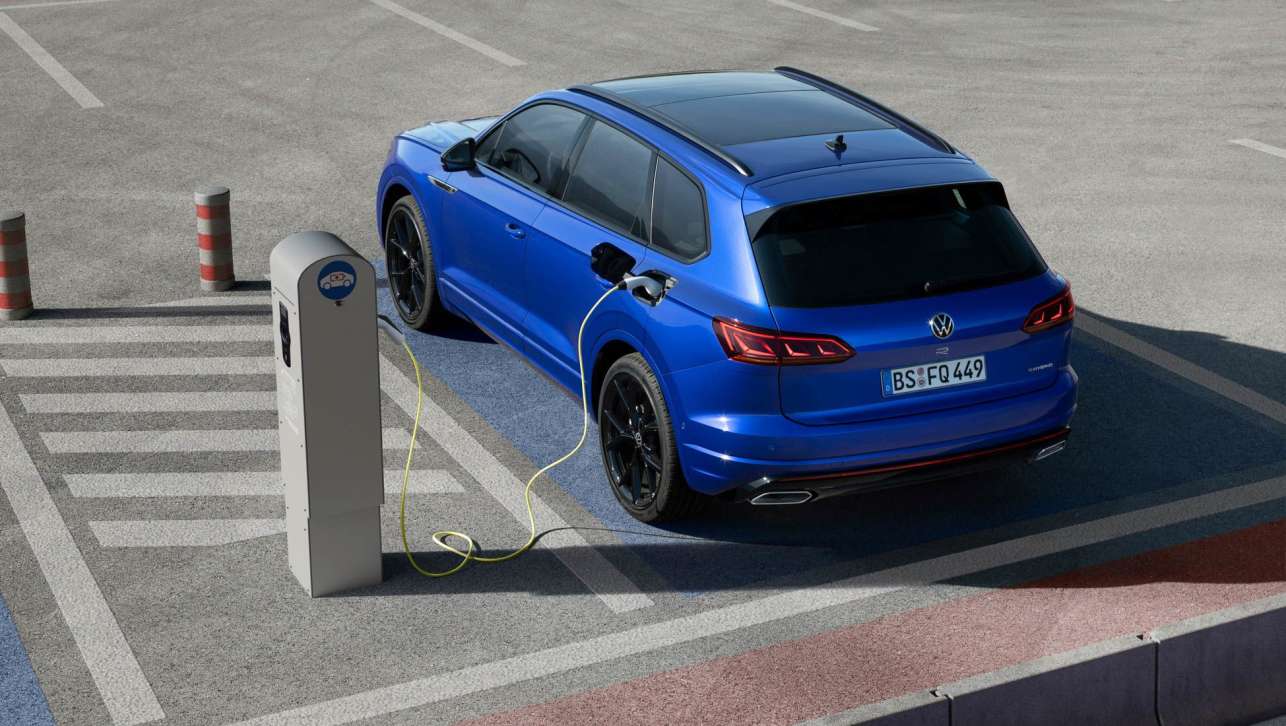
.jpg)
.jpg)

.jpg)

.jpg)
.jpg)
.jpg)
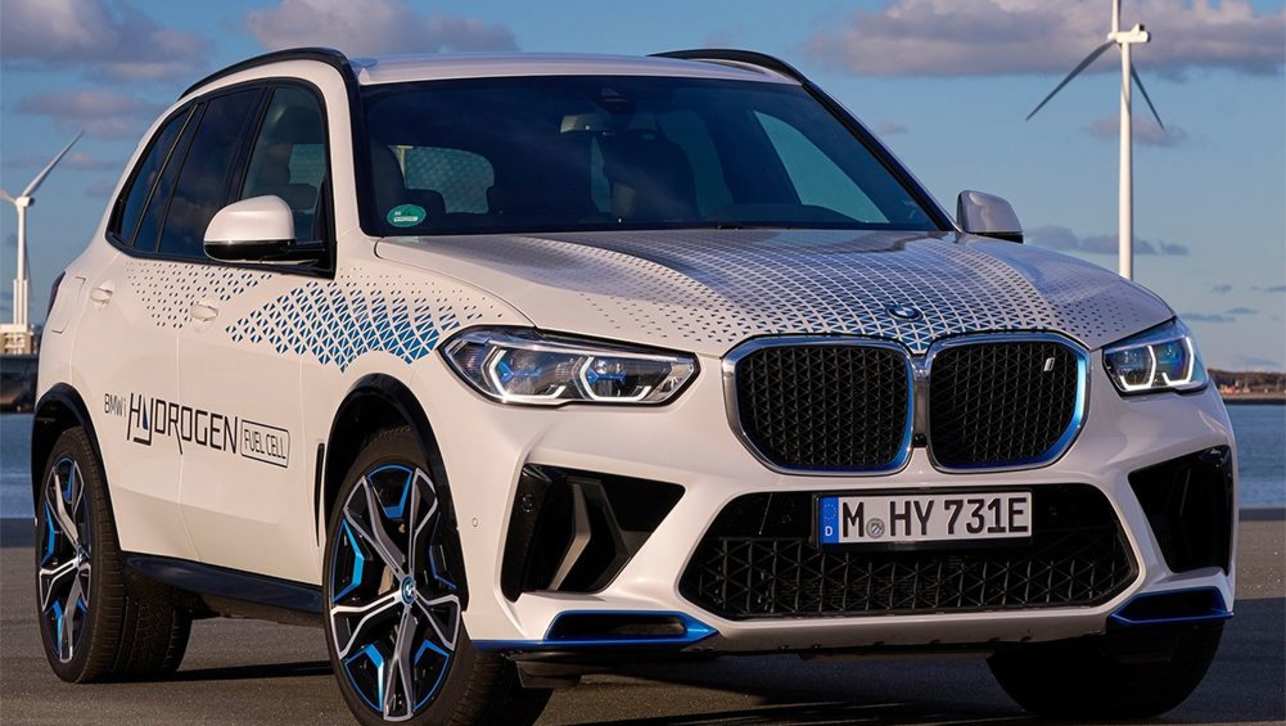
_0.jpg)

.jpg)


Comments